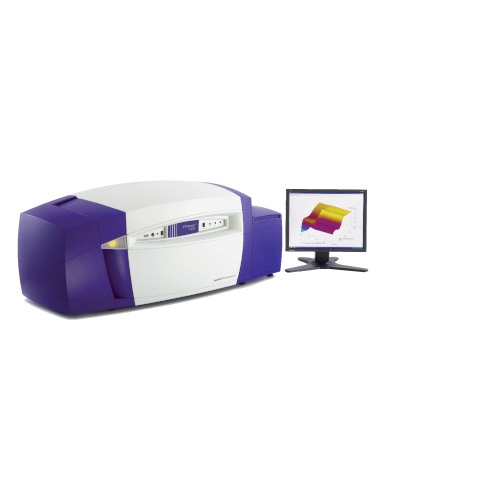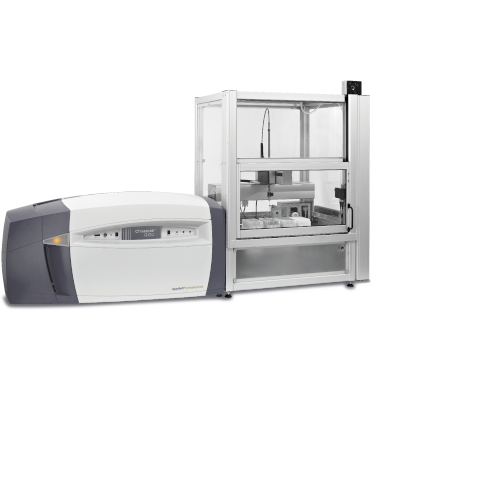Our Circular Dichroism Range
Understanding CD Systems
The Science Behind Circular Dichroism Spectroscopy
In the world of biomolecular analysis, Circular Dichroism (CD) spectroscopy is an essential technique for studying the structural properties of proteins, nucleic acids, and other chiral molecules. Chirascan CD spectrometers lead the way in providing high-sensitivity CD measurements, making them an invaluable tool for researchers in structural biology, pharmaceutical development, and material science.
This page explores the fundamental principles behind Chirascan systems and their innovative technology. Be sure to explore the interactive widget below for a detailed breakdown of how the system operates!
How Does a Chirascan CD Spectrometer Work?
A Chirascan CD spectrometer generates left- and right-circularly polarised light and measures the differential absorption of these two components by a chiral sample. The system comprises several key components that work together to ensure precise and accurate measurements.
- The Light Source: A Xenon Arc Lamp
Chirascan systems use a 150W Xenon arc lamp as the light source, which produces high-intensity ultraviolet (UV) and visible light. This ensures a high signal-to-noise ratio, enabling high-quality data.
However, exposure of oxygen to UV light can produce ozone, which can degrade optical components. To counteract this, the system features an Active Nitrogen Management System (ANMS) to purge oxygen from the optical pathway.
- The Monochromator: Precision Polarisation Selection
Unlike conventional dual-prism spectrometers, Chirascan systems not only utilise two prisms, but a dual-polarising monochromator, which offers purer polarised light.
- Photoelastic Modulator (PEM): Generating Circularly Polarised Light
A crucial step in CD spectroscopy is converting linearly polarised light into circularly polarised light. This is achieved using a Photoelastic Modulator (PEM), which modulates the phase shift between orthogonal components of the light wave. By controlling this modulation, the system alternates between left- and right-circularly polarised light at a high frequency.
- The Sample Interaction: Measuring Circular Dichroism
Once the circularly polarised light interacts with a chiral sample, the differential absorption of left- and right-handed circularly polarised light is measured. This difference is what generates the characteristic CD spectrum, which provides insights into the secondary and tertiary structure of proteins, protein-ligand interactions, and other molecular properties.
- High-Sensitivity Detection
Chirascan systems are designed for maximum sensitivity and precision. The advanced models, the Chirascan V100 and Q100 incorporate a solid-state detector (large-area avalanche photodiode, LAAPD) to achieve exceptional signal quality. This detector synchronises with the PEM frequency to accurately capture data with minimal noise.
Why Choose Chirascan for CD Spectroscopy?
Chirascan spectrometers stand out due to their advanced optical design and high-performance detection capabilities.
Key advantages include:
- Enhanced polarisation purity with dual-polarising monochromators
- Solid state detection that provides superior sensitivity
- Active Nitrogen Management System (ANMS) to prolong optical component lifespan
- Modular accessories for expanded functionality, including fluorescence and stopped-flow experiments
Explore the Interactive Chirascan Widget
To fully understand the intricacies of Chirascan’s operating principles, explore the interactive visualisation below. This tool will guide you through each step, from the light source to sample analysis, providing a hands-on learning experience.
*This widget is intended for educational purposes only. We do not claim that the depiction of underlying physical principles is fully accurate.


